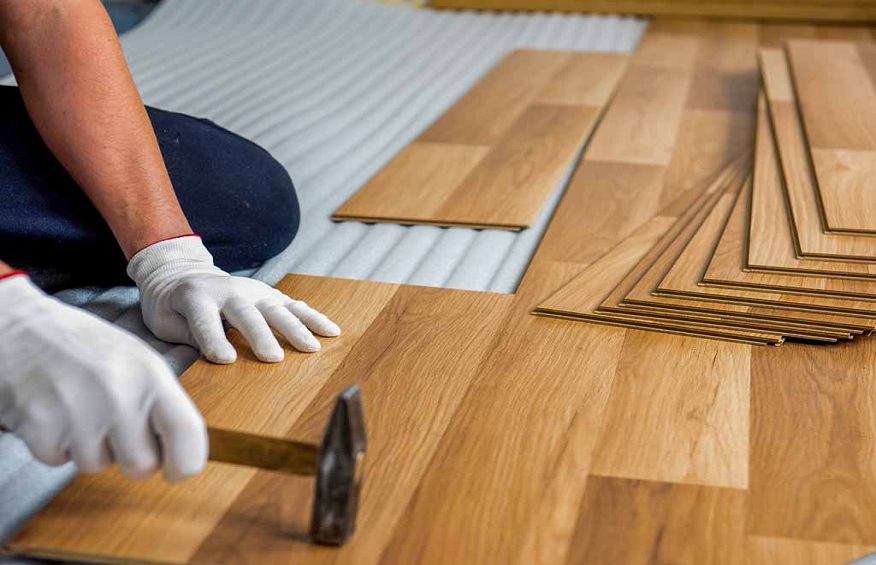Vinyl flooring and floating flooring are two different types of flooring materials that are commonly used in residential and commercial spaces.
Vinyl flooring is a type of synthetic flooring material made from PVC (polyvinyl chloride) that is designed to mimic the look and feel of natural materials such as wood, stone, or tile. Vinyl flooring is durable, water-resistant, and low-maintenance, making it an ideal option for high-traffic areas and moisture-prone environments such as kitchens and bathrooms.
Floating flooring, on the other hand, refers to a type of flooring that is not attached to the subfloor or underlying surface. Instead, floating floorboards are interlocked or glued together to form a single unit that “floats” on top of the subfloor. Floating flooring is typically made of engineered wood, laminate, or vinyl and is easy to install, making it a popular choice for DIY projects and renovations.
In conclusion, while both vinyl flooring and floating flooring offer a range of benefits, they differ in terms of their material composition, installation method, and performance characteristics. It is important to consider the specific needs and requirements of a space when choosing between vinyl flooring and floating flooring.
Certainly, let me provide an example to clarify the difference between vinyl flooring and floating flooring:
Suppose an individual is renovating their kitchen and is considering flooring options. They are considering both vinyl flooring and floating flooring and need to decide which option is best for their needs.
Vinyl flooring, such as PVC tiles or sheets, offers a low-maintenance and water-resistant option that is ideal for high-traffic areas and moisture-prone environments. For instance, the individual may choose a vinyl flooring that resembles natural stone, providing a durable and attractive option for their kitchen. The vinyl flooring would be installed directly onto the subfloor, using adhesive or a locking mechanism, and does not require additional subfloor preparation.
On the other hand, floating flooring, such as engineered wood or laminate, offers a more affordable option that is easy to install. For example, the individual may choose an engineered wood floating floor that resembles hardwood. The floating floor would be installed by interlocking the planks or gluing them together, without the need for adhesive or nailing to the subfloor. This type of flooring is a good option for DIY projects and renovations as it can be installed quickly and easily.
In conclusion, this example illustrates how an individual may choose between vinyl flooring and floating flooring based on their specific needs and requirements. Vinyl flooring provides a low-maintenance and water-resistant option, while floating flooring offers a more affordable and easy-to-install option. It is important to consider the specific needs and requirements of a space when choosing between these two types of flooring.





